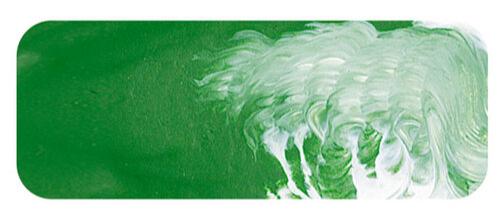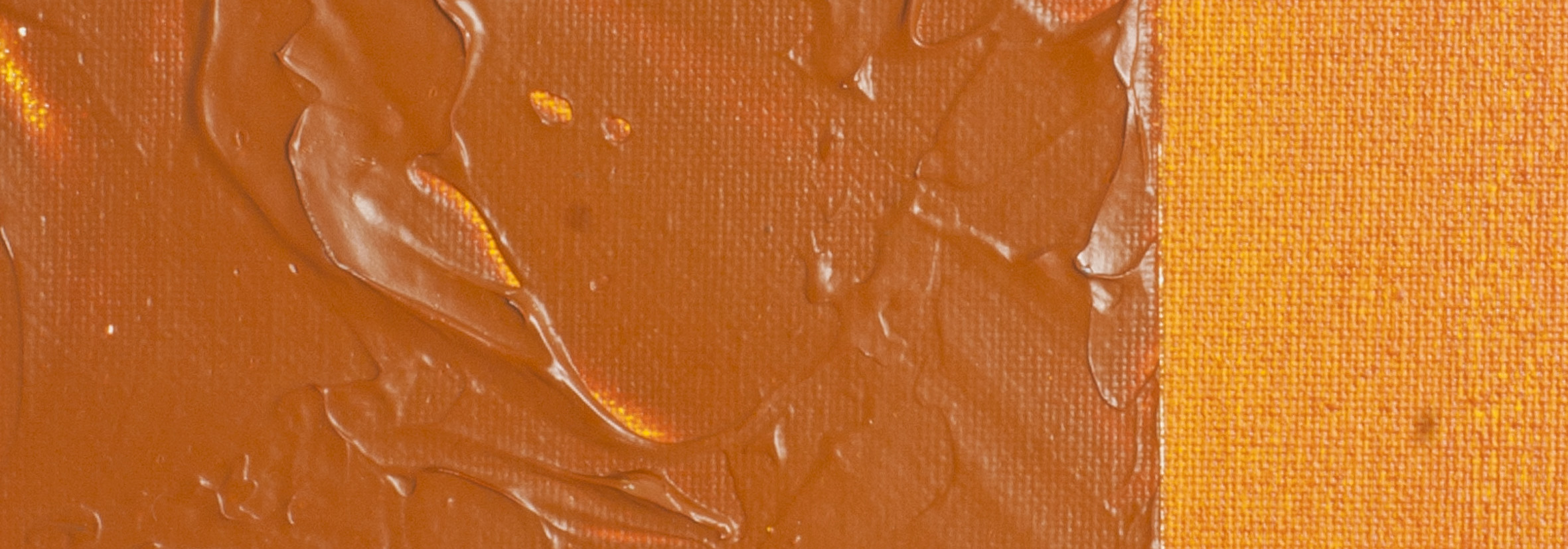Chromium Green Oxide | Matisse acrylic paint
化学物質の概要:無水クロムクロムセスキオキサイド
Pigment Numbers: PG17
Lightfastness Rating: ASTM I
Pigment Opacity: Opaque
Paint Opacity: Opaque
シリーズ2

Chromium Green Oxide | Matisse acrylic paint
Historical Origins: The Discovery and Development
Chromium Green Oxide, a warm mid-green beloved by artists, has stood the test of time as one of the most lightfast pigments, ranking among the top two or three. Its roots trace back to the discovery of chromium by Louis Nicolas Vauquelin in 1797. It wasn't until 1807 that Vauquelin identified Chromium Green Oxide. The practical process for manufacturing this pigment emerged in 1838, thanks to the Parisian colour maker Pannetier, who guarded his methods closely. In 1859, French chemist Guignet patented a method for creating viridian, chemically identical to Chromium Green Oxide but with an additional hydration step, transforming it into a transparent blue-green. While viridian gained attention, the unassuming Chromium Green Oxide quietly persisted, retaining its popularity even in the era of Phthalo Green.
The Quiet Achiever: Chromium Green Oxide in Art
In the art world, Chromium Green Oxide earned its place as the quiet achiever. Pannetier's colour, akin to green earth, became artists' preferred choice for subdued earthy tones. Adding Raw Umber or Yellow Oxide allowed artists to achieve earthy greens effortlessly. While viridian stole the spotlight for vibrant hues, the understated role of Chromium Green Oxide proved equally crucial, enduring through the years.
Beyond Art: Military Significance
Chromium Green Oxide found unexpected significance during World War II when infrared photography emerged for identifying camouflaged military assets. Broken olive green colours were effective visually, but infrared film revealed distinctions between camouflage paint colours and natural vegetation. Experimentation revealed that Chromium Green Oxide produced images on infrared film closer to natural foliage, making camouflage more challenging to detect. Today, it remains vital for military applications, with a specialized variant known as "camouflage green."
Artistic Versatility: Mixing Possibilities
Artists value Chromium Green Oxide not only for its mid-green tone but also for its opacity, covering other colours and underdrawings effectively. Its versatility shines through in creating an array of greens—from green earth tones with Raw Umber or Yellow Oxide to Brunswick greens with Phthalo Green, turquoise dark greens with Primary Blue, or gum tree leaf greens with Australian Blue Gum. Mixtures with Iso Yellow yield warm olives, while Primary Yellow produces grass greens, and Naples Yellow Light creates soft, light greens. Today, Chromium Green Oxide remains as indispensable to artists as it was 170 years ago in Paris when it first emerged as a new colour on the palette.
Safety Data Sheet for Matisse Chromium Green Oxide (SDS)
To view or download a copy of Chromium Green Oxide SDS, please CLICK HERE * (271kb)
*The above link will open an external Dropbox window
Chromium Green Oxide is available in Matisse Structure, Matisse Flow, Matisse Fluid

To install this Web App in your iPhone/iPad press ![]() and then Add to Home Screen.
and then Add to Home Screen.

